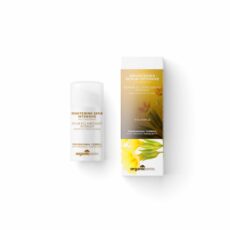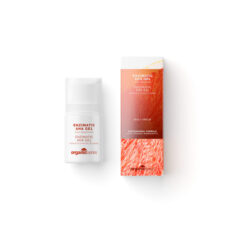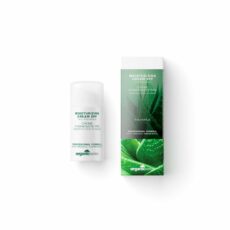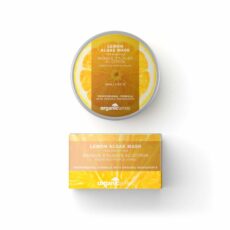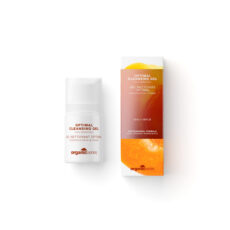Fight skin discolourations
Skin Discolourations: As the seasons change, so does your skin’s response to environmental conditions. Fall brings cooler temperatures, drier air, and less sunlight—factors that can trigger skin changes, including the appearance of discolorations such as dark spots, hyperpigmentation, and uneven skin tone. Skin discolorations can result from sun damage accumulated over the summer, hormonal changes, or even skin sensitivities that are more noticeable as the weather cools. Now is the perfect time to take action to combat these skin issues and restore a smooth, even complexion.
In this guide, we’ll explore 10 efficient steps to tackle skin discolorations effectively this fall. By focusing on exfoliation, protection, hydration, and incorporating the right active ingredients into your skincare routine, you can improve your skin’s appearance and achieve a glowing complexion just in time for the colder months.
1. Exfoliate Regularly
Regular exfoliation is key to combating skin discolorations, as it removes dead skin cells that can dull your complexion and make dark spots more noticeable. Fall is the ideal season to introduce exfoliation into your routine, as it helps to rejuvenate skin after summer’s sun exposure. Opt for gentle exfoliants, like alpha hydroxy acids (AHAs) or beta hydroxy acids (BHAs), which promote cell turnover and encourage new, healthy skin cells to emerge.
Exfoliating once or twice a week can gradually fade discolorations, leaving your skin brighter and smoother. However, be cautious not to over-exfoliate, as this can irritate your skin and lead to further sensitivity or redness. Remember to follow up with a hydrating moisturizer to maintain your skin’s balance.
2. Incorporate Vitamin C
Vitamin C is one of the most powerful ingredients for brightening skin and reducing the appearance of discolorations. This potent antioxidant helps to inhibit melanin production, which can lead to dark spots and uneven skin tone. Additionally, vitamin C promotes collagen production, helping to repair and firm the skin while minimizing the signs of aging.
Adding a vitamin C serum to your skincare routine is an efficient way to target hyperpigmentation and brighten your complexion. Apply it in the morning before sunscreen to protect your skin from free radicals and environmental damage throughout the day. Consistent use of vitamin C will help fade existing dark spots and prevent new ones from forming.
3. Use a Brightening Mask
Brightening masks can be a quick and effective way to combat skin discolorations, especially during fall when your skin may need extra hydration and revitalization. Look for masks that contain natural brightening ingredients like licorice root extract, niacinamide, or kojic acid. These ingredients work to lighten dark spots, even out skin tone, and reduce redness.
Using a brightening mask once a week can give your skin an extra boost of radiance and target stubborn discolorations. It’s a great way to pamper your skin while working on reducing pigmentation issues. For an added benefit, you can apply your mask at night so your skin has time to absorb the ingredients as it repairs itself overnight.
4. Apply Sunscreen Daily
One of the most effective steps to combat skin discolorations is to prevent further damage. Even in the fall, when the sun feels weaker, UV rays can still cause harm to your skin, leading to dark spots and hyperpigmentation. UV exposure is one of the primary causes of skin discolorations, so protecting your skin daily with sunscreen is essential.
Choose a broad-spectrum sunscreen with at least SPF 30, and apply it generously each morning, regardless of whether it’s sunny or cloudy outside. Using sunscreen not only prevents further damage but also helps maintain the results of your brightening and exfoliating treatments, ensuring that your efforts to reduce discolorations are not undone.
5. Try Retinoids or Retinol
Retinoids and retinol are potent skincare ingredients known for their ability to promote cell turnover, making them effective for treating skin discolorations. By speeding up the shedding of dead skin cells and encouraging the production of new, healthy cells, retinoids help to fade dark spots and even out skin tone over time. They also stimulate collagen production, improving overall skin texture and firmness.
Start by using a retinoid or retinol product once or twice a week, gradually increasing the frequency as your skin adjusts. Be sure to pair retinoid use with sunscreen, as these ingredients can make your skin more sensitive to the sun. With consistent use, retinoids can help significantly reduce the appearance of discolorations and reveal a clearer, more radiant complexion.
6. Incorporate Niacinamide
Niacinamide (vitamin B3) is another powerful ingredient to include in your skincare routine when combating discolorations. It works by inhibiting melanin transfer to the skin’s surface, effectively lightening dark spots and preventing new pigmentation issues from forming. Niacinamide is also known for its anti-inflammatory properties, which can help reduce redness and calm irritated skin.
What makes niacinamide particularly beneficial for fall skincare is its ability to strengthen the skin barrier. As the weather cools and your skin becomes more prone to dryness, niacinamide helps retain moisture, keeping your skin hydrated and balanced while addressing discolorations. This ingredient can be found in serums, moisturizers, and even toners, making it easy to incorporate into your routine.
7. Stay Hydrated
Hydration is often overlooked when addressing skin discolorations, but it plays a crucial role in maintaining an even skin tone and preventing irritation that can lead to hyperpigmentation. As the weather cools down in the fall, the air becomes drier, and indoor heating can deplete your skin’s moisture levels, leaving it more prone to sensitivity and dark spots.
Make sure to use a hydrating moisturizer that contains ingredients like hyaluronic acid, glycerin, or squalane, which help attract and retain moisture in your skin. Hydrated skin is healthier, more resilient, and better able to repair itself, making it less susceptible to developing new discolorations.
8. Opt for Chemical Peels
Chemical peels can be an efficient way to target deeper skin discolorations, particularly those caused by sun damage or hormonal changes. These peels use a combination of acids, such as glycolic acid, lactic acid, or salicylic acid, to exfoliate the skin and promote the shedding of damaged layers. As the outermost layer of skin is removed, dark spots and hyperpigmentation are gradually faded, revealing brighter, more even skin underneath.
Fall is an ideal time to consider chemical peels, as your skin will have time to heal without the intense sun exposure of summer. However, it’s important to consult with a dermatologist before trying a chemical peel to ensure it’s suitable for your skin type and the severity of your discolorations.
9. Avoid Picking or Scratching
It can be tempting to pick at dark spots or irritated areas on your skin, but this can exacerbate discolorations and lead to further damage. Picking or scratching at your skin disrupts the healing process and can cause post-inflammatory hyperpigmentation, which is much harder to treat. If you’re dealing with acne scars, for example, picking at them can result in longer-lasting dark marks.
Instead, focus on treating your skin gently. Use products that soothe irritation and promote healing, like calming moisturizers and spot treatments. The less you irritate your skin, the faster it will heal and the less likely you’ll be to develop new discolorations.
10. Consider Professional Treatments
If your skin discolorations are particularly stubborn, you may want to explore professional treatments like laser therapy, microdermabrasion, or light therapy. These treatments target deeper pigmentation issues and can provide more dramatic results than at-home skincare alone. A dermatologist can assess your skin and recommend the best course of action based on the type and severity of your discolorations.
Professional treatments can help you achieve a more even skin tone and fade dark spots that have been resistant to over-the-counter products. However, it’s important to complement these treatments with a proper at-home skincare routine, including sunscreen, to maintain your results.
Conclusion
Fall is the perfect season to focus on reducing skin discolorations and achieving a more even, radiant complexion. By following these 10 efficient steps—exfoliating regularly, incorporating brightening ingredients like vitamin C and niacinamide, and protecting your skin with sunscreen—you can effectively combat hyperpigmentation and dark spots. Consistency is key when it comes to treating discolorations, so stick with your routine and be patient as your skin gradually improves. With the right care and attention, you can enjoy a brighter, more luminous complexion throughout the autumn months and beyond.
Expert recommendation for skin discolourations
Organic Series Brightening Cream Forte for Skin Discolourations
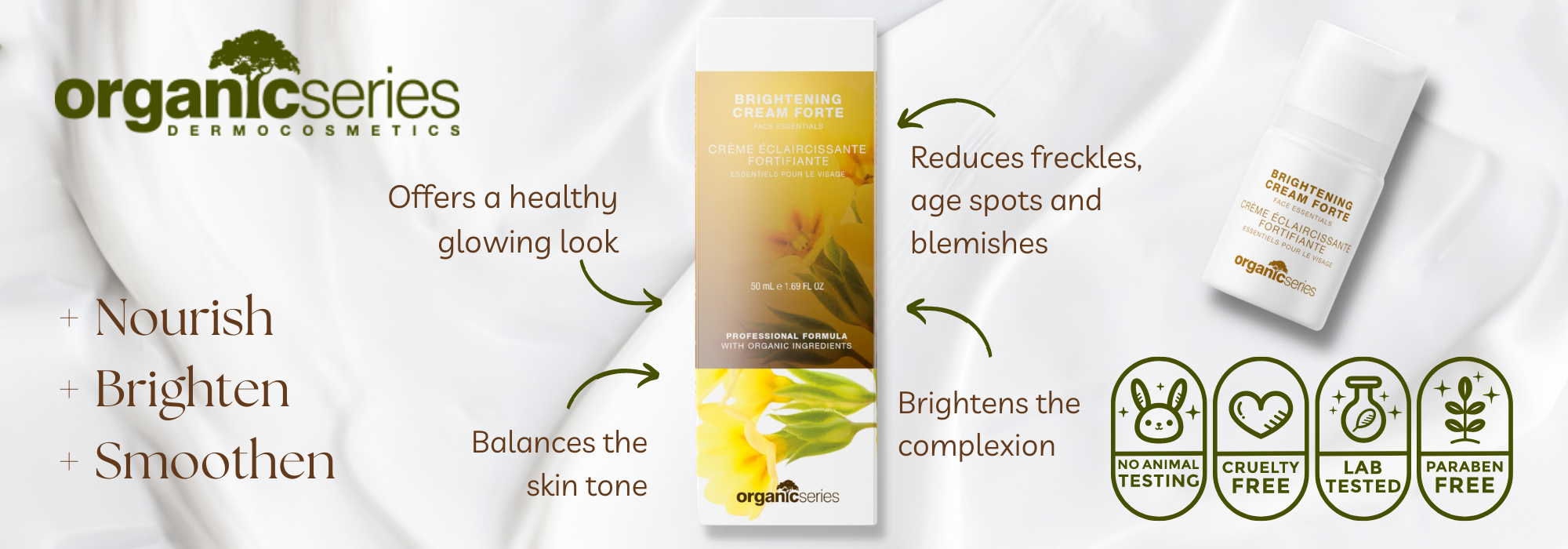
More inspiration
Follow Organic Series UK on instagram and facebook for more inspiration, expert tips and special discount codes!
Fight skin discolourations with Organic Series
-
Brightening Serum Intensive | By Organic Series | 15ml, 50ml, 200ml
From £ 12.00Rated 4.60 out of 505 reviews -
-
Face Moisturiser with Sunscreen SPF20 | Moisturising Cream SPF20 By Organic Series | 15ml, 50ml, 200ml
From £ 12.00Rated 4.89 out of 509 reviews -
Lemon Algae Face Mask | By Organic Series | 200ml, 500ml, 1l
From £ 21.00Rated 5.00 out of 502 reviews -

Maria
Cosmetic Chemist
Maria
All Author Posts

